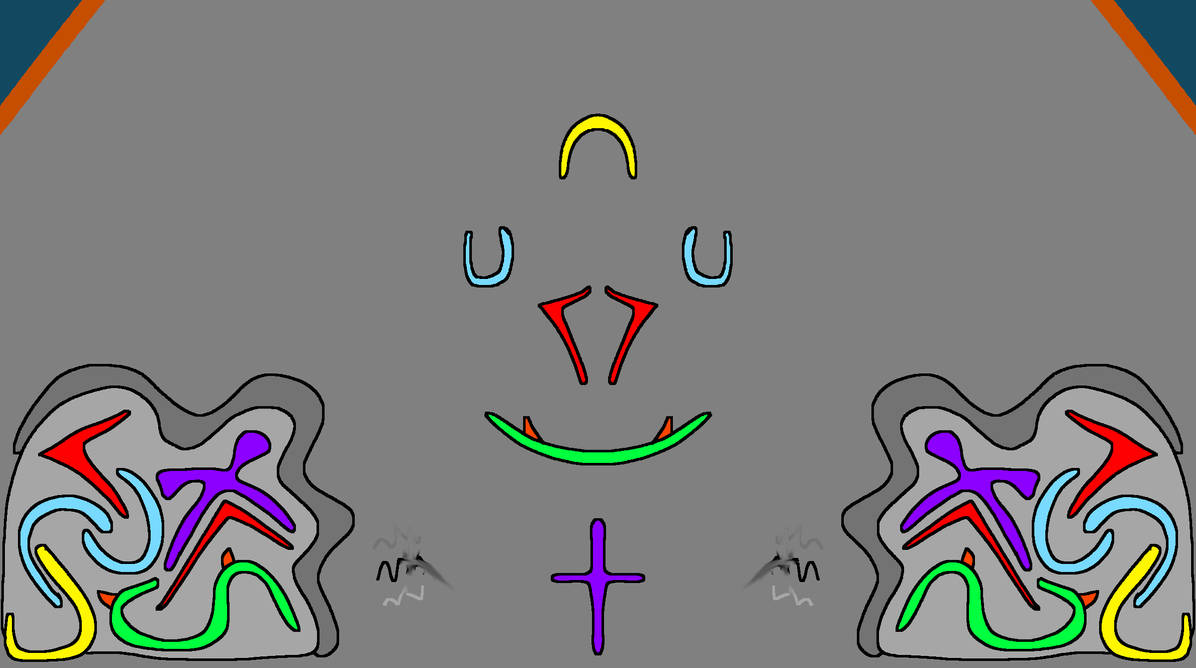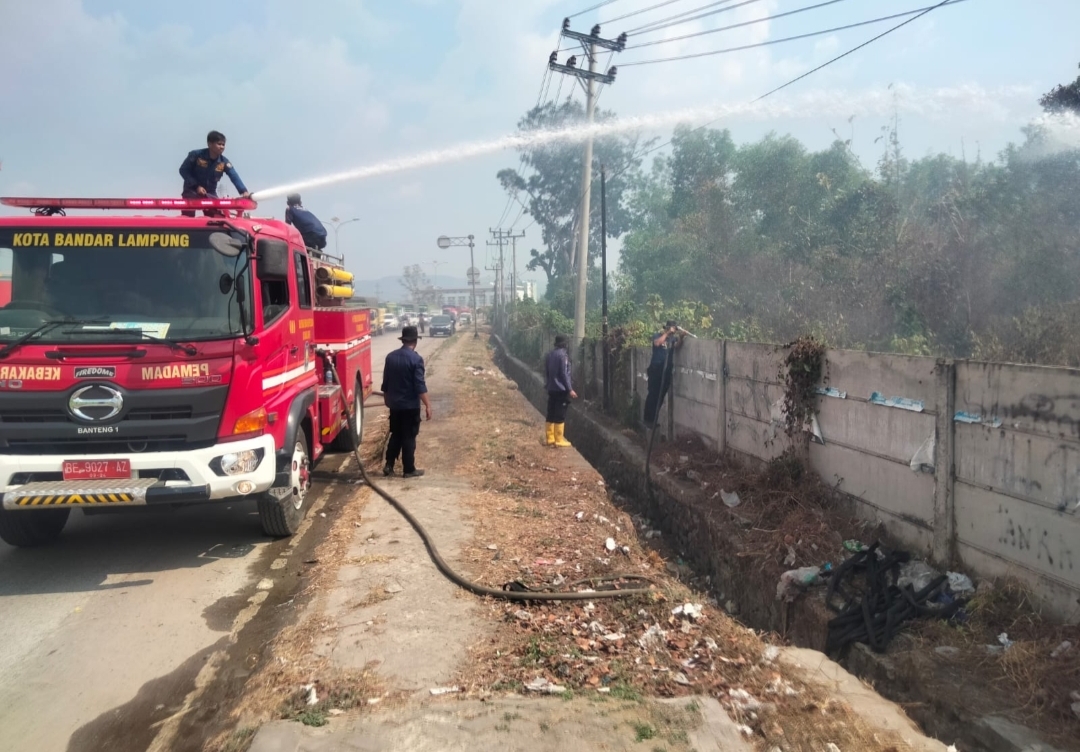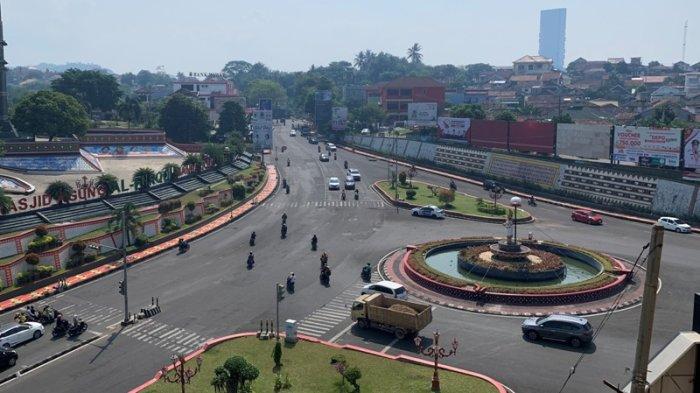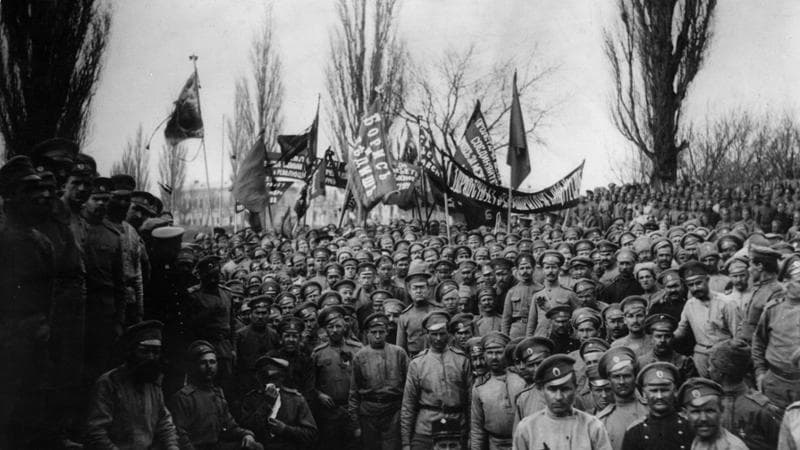Exploring The Hells Angels Subculture

Table of Contents
A Brief History of the Hells Angels Motorcycle Club
The Hells Angels' origins trace back to the post-World War II era in the United States. Founded in 1948 in Fontana, California, the club initially consisted of a group of veterans drawn together by a shared love of motorcycles and a rebellious spirit. The early Hells Angels, far from the highly organized criminal enterprise they would later become, were more focused on the camaraderie of the biker lifestyle.
- Early Years (1948-1960s): Characterized by a more loosely structured organization and a focus on motorcycle rallies and riding.
- Expansion and Consolidation (1960s-1980s): The club significantly expanded, establishing chapters across the United States and internationally. This period also saw a rise in criminal activities and increased scrutiny from law enforcement. Key historical events, such as the Altamont Speedway Free Concert in 1969, further cemented the Hells Angels' image in popular culture.
- Modern Era (1980s-Present): The Hells Angels continue to operate globally, maintaining a complex organizational structure and facing ongoing legal battles related to their alleged criminal activities. The club's image and activities have evolved over time, yet the core elements of brotherhood and a distinctive biker identity persist.
The Hells Angels' Organizational Structure and Hierarchy
The Hells Angels are far from a disorganized mob. Their organizational structure is surprisingly sophisticated, mimicking a hierarchical military-like system. At the top sits the "Mother Chapter," with subordinate chapters reporting to it. This hierarchical structure ensures control and coordination across the numerous chapters worldwide.
- Mother Chapter: Holds ultimate authority and oversees all other chapters.
- Chapter Presidents: Lead individual chapters and are responsible for local operations.
- Ranks and Roles: A strict hierarchy exists within each chapter, with roles and responsibilities clearly defined, from the President down to the prospect (a potential member undergoing a probationary period).
- The "Patch": The iconic Hells Angels "patch" is a potent symbol of membership and a visual representation of their identity and territory. Wearing the patch signifies loyalty and commitment to the club.
- Prospecting: The process of becoming a full member is rigorous and involves proving oneself worthy through loyalty, dedication, and often, participation in club activities.
Hells Angels Activities and Criminal Involvement
The Hells Angels have a long and well-documented history of involvement in criminal activities. While the club maintains a public image of a motorcycle club focused on brotherhood and riding, allegations of drug trafficking, violence, racketeering, and other illegal activities have persistently dogged them. It's crucial to approach this aspect with a nuanced perspective, acknowledging the varying degrees of involvement among members.
- Drug Trafficking: The club has been implicated in numerous drug trafficking operations throughout its history.
- Violence and Racketeering: The use of violence and intimidation has been a significant element in maintaining control and furthering their criminal activities.
- Legal Battles and Controversies: The Hells Angels have faced numerous legal challenges and high-profile investigations across the globe.
- Internal Conflicts: Conflicts and power struggles within the organization itself have sometimes resulted in violence and internal purges.
The Hells Angels Subculture and Lifestyle
Beyond the criminal element, the Hells Angels subculture offers a compelling insight into a distinct way of life. The club's values revolve around brotherhood, loyalty, and a shared passion for motorcycles. This sense of belonging, particularly appealing to individuals who feel alienated from mainstream society, forms a strong basis for the group’s cohesion.
- Distinctive Attire and Symbolism: Leather jackets, skull imagery, and the iconic "Death Head" logo are central components of their visual identity.
- Motorcycle Culture: Motorcycles are not just machines; they're integral to the Hells Angels identity and lifestyle, representing freedom, rebellion, and community.
- Rituals and Traditions: The club has specific rituals and traditions that reinforce group cohesion and loyalty, fostering a strong sense of brotherhood.
- Appeal of the Subculture: The Hells Angels subculture represents a powerful counter-cultural statement, attracting individuals seeking belonging, camaraderie, and an alternative to mainstream society.
Hells Angels in Popular Culture and Media
The Hells Angels' notoriety has ensured their frequent portrayal in popular culture, often romanticized or demonized depending on the narrative. These portrayals, though often dramatic and sometimes inaccurate, have shaped public perception, fueling both fascination and fear.
- Film and Television: Countless films and television shows have featured the Hells Angels, sometimes depicting them as heroic outlaws, other times as ruthless criminals.
- Literature: Books and documentaries have explored various aspects of the Hells Angels, providing diverse perspectives on their history and culture.
- Music: Music often uses Hells Angels imagery and symbolism, reflecting their position in popular culture.
- Impact on Public Perception: Media portrayals have significantly influenced how the public perceives the Hells Angels, creating a mix of fascination and apprehension.
Conclusion
The Hells Angels subculture presents a multifaceted and often contradictory picture. From their post-WWII origins to their complex global organization, their history is a blend of motorcycle enthusiasm, criminal activity, and a compelling counter-cultural narrative. Understanding their hierarchical structure, involvement in criminal enterprises, and the appeal of their unique lifestyle allows for a more comprehensive appreciation of this enduring and controversial group. Delve deeper into the fascinating and often controversial world of the Hells Angels subculture – your understanding will be profoundly enriched.

Featured Posts
-
 Imcd N V Agm All Resolutions Passed By Shareholders
May 25, 2025
Imcd N V Agm All Resolutions Passed By Shareholders
May 25, 2025 -
 Serious M56 Motorway Incident Car Overturn And Casualty
May 25, 2025
Serious M56 Motorway Incident Car Overturn And Casualty
May 25, 2025 -
 Shareholders Unanimously Approve All Resolutions At Imcd N V Agm
May 25, 2025
Shareholders Unanimously Approve All Resolutions At Imcd N V Agm
May 25, 2025 -
 Wieder Bundesliga Hsv Feiert Den Ersehnten Aufstieg
May 25, 2025
Wieder Bundesliga Hsv Feiert Den Ersehnten Aufstieg
May 25, 2025 -
 Rtx 5060 A Critical Review Of Nvidias Latest Release And Its Fallout
May 25, 2025
Rtx 5060 A Critical Review Of Nvidias Latest Release And Its Fallout
May 25, 2025
Latest Posts
-
 5 19
May 27, 2025
5 19
May 27, 2025 -
 Damkarmat Bandar Lampung Statistik Penyelamatan Non Kebakaran 2025
May 27, 2025
Damkarmat Bandar Lampung Statistik Penyelamatan Non Kebakaran 2025
May 27, 2025 -
 334 Penyelamatan Non Kebakaran Oleh Damkar Bandar Lampung Awal Mei 2025
May 27, 2025
334 Penyelamatan Non Kebakaran Oleh Damkar Bandar Lampung Awal Mei 2025
May 27, 2025 -
 Damkar Bandar Lampung 334 Penyelamatan Non Kebakaran Hingga Awal Mei 2025
May 27, 2025
Damkar Bandar Lampung 334 Penyelamatan Non Kebakaran Hingga Awal Mei 2025
May 27, 2025 -
 Almanacco Di Domenica 23 Marzo Cosa E Successo Oggi
May 27, 2025
Almanacco Di Domenica 23 Marzo Cosa E Successo Oggi
May 27, 2025
